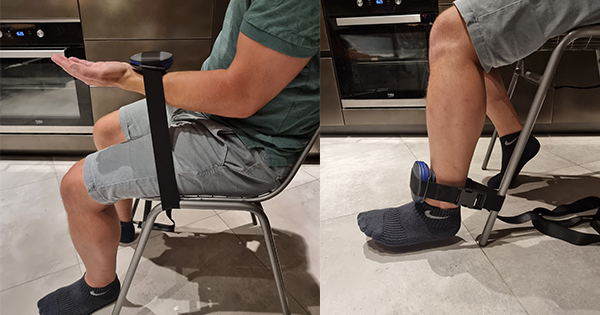<p class="p1"> <strong>Background: </strong>Patients with breast cancer tend to limit the use of their arm which may result in muscle reduction and misdiagnosis of breast cancer-related lymphoedema (BCRL). <strong>Aims: </strong>To examine whether patient-reported arm dominance matched the true dominant arm and if the side of surgery had an impact on grip strength and BCRL. <strong>Methods</strong>: Grip strength was used to determine the patients’ true dominant arm and assess any muscle weakness. A comparison was made between patients who had surgery on their dominant side and their non-dominant side and between patients who had grip strength weakness in their affected side. <strong>Results: </strong>31.6% had a higher grip strength in the perceived non-dominant side. There were 39.5% of patients who had weakness in their affected arm. The grip strength weakness of the affected side was shown in 52.9% in who received surgery on reported dominant side, while it was shown in only 28.6% in the patients who received surgery on the non-dominant side. L-Dex<span class="s2">® </span>(ImpediMed) was significantly higher in the patients who received surgery on their perceived non-dominant side compared with the patients who received it on their dominant side (<em>p </em>= 0.031). The relative oedema volume in the forearm (<em>p </em>=0.000) and whole arm (<em>p </em>=0.003) was significantly higher in the patients who received surgery on their perceived dominant side compared with the patients who received it on their non-dominant side. There was no diferent in skin induration between patients with weakness and non-weakness. <strong>Conclusion: </strong>The patients’ reported dominance might be different from true dominance due to treatment side effects or avoidance of using the affected arm. This might affect the diagnosis of BCRL using L-Dex or circumferences of limb. </p>n<p> </p>




